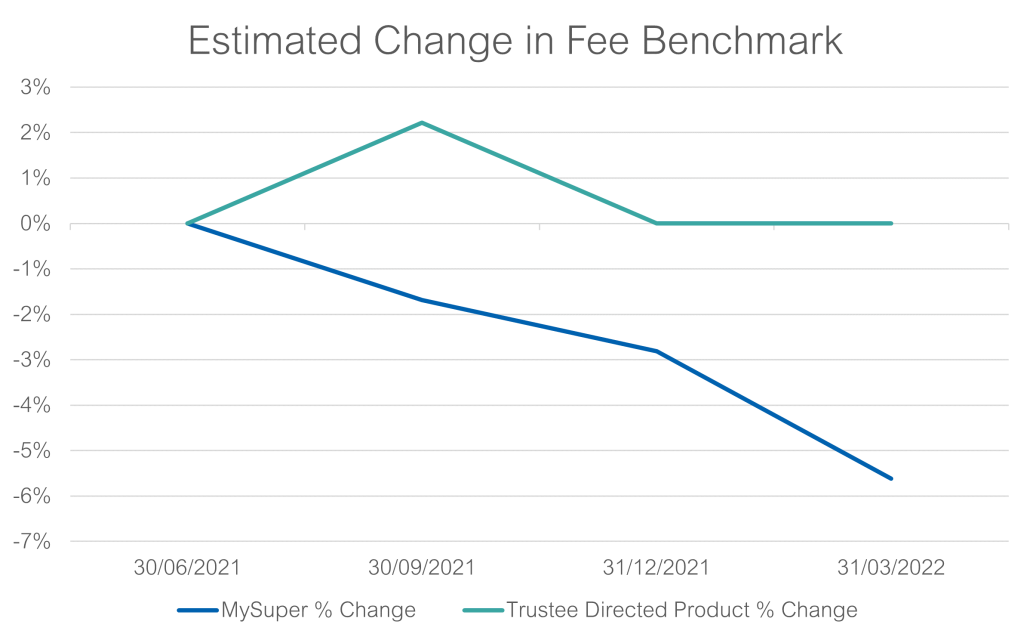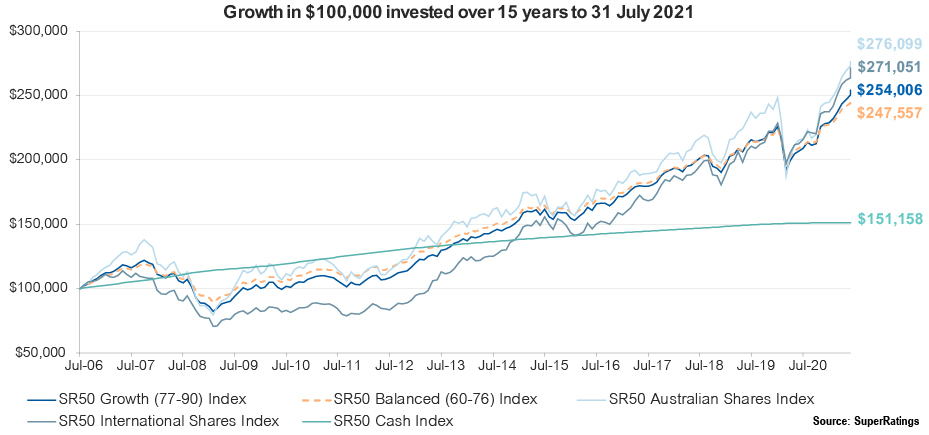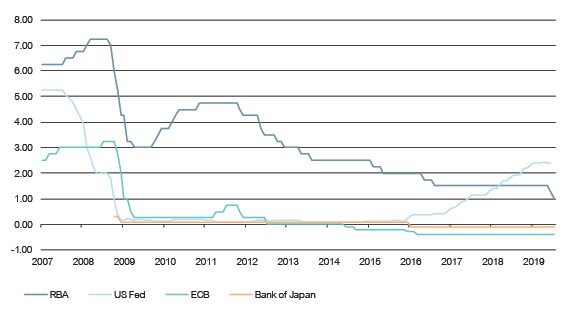Leading superannuation research house SuperRatings has analysed super fund performance in line with the government’s performance test criteria and found that 90% of trustee directed options are estimated to pass the test based on 30 June 2022 data.
This is an improvement from the 31 March 2022 data which estimated that 20% of the options assessed would have failed the test. The volatile market over the second half of the financial year emphasised the importance of diversification and long-term strategy within superannuation investments, as funds experienced unique conditions relative to earlier periods in the eight-year assessment.
| Option Type | % Estimated to pass March 2022 | % Estimated to pass June 2022 |
| Capital Stable (20-40) | 75% | 88% |
| Conservative Balanced (41-59) | 80% | 91% |
| Balanced (60-76) | 83% | 93% |
| Growth (77-90) | 84% | 92% |
| High Growth (91-100) | 74% | 85% |
The shift in the proportion of options passing the test also highlighted the impact a single quarter can have on reported performance test outcomes. Despite the limited ability of funds to improve upon eight-year performance over a short period of time, those who are close to failing the test need to ensure they position themselves as strongly as possible, as the rolling nature of the test means the test result is impacted by both performance today and from the same period eight years ago.
With the newly installed government delaying the expansion of the test beyond MySuper products until the results of the second round of assessments, and the test’s impact on the industry, has been reviewed, funds have some additional time to ensure their broader suite of offerings are in line with the government and regulator’s expectations. Of particular interest to the review should be that two funds which failed the test last year produced returns within the top 10 MySuper products for the 2021/22 financial year.
We expect that some products will likely fail the test a second time when the results are announced in late August, triggering the prevention of new members from joining these products, however with 10 of the 13 MySuper products that failed last year’s test having announced or completed mergers to date, the impact on members is expected to be minimal.
Balanced options shine in APRA’s performance test
Analysis of the SuperRatings SR50 Balanced Index using the newly developed PTiQ tool has found the median fund in the index exceeded the performance test benchmark by 0.95% (which is made up of 0.45% investment outperformance and the 0.50% underperformance threshold). More broadly, analysis of estimated results shows that Balanced options performed the best out of all option types assessed with 93% of Balanced options estimated to pass the test. Further, 69% of these options are estimated to meet or exceed the benchmark return with the remaining 24% being within the 0.5% underperformance range allowed by the test. As most Australians are invested in Balanced options the strong performance of this category should be reassuring for many fund members.
The final quarter saw an improvement in the proportion of options passing the test across all option types, however, high growth options, those with exposure of 91-100% growth assets and capital stable options, those with exposure between 20-40% growth assets remain comparatively more likely to fail the test with high growth options being the most at risk.
SuperRatings investigated the drivers of performance against the performance test and unsurprisingly found that allocations to unlisted property, diversified fixed interest, Australian and international shares had the greatest impact on whether an option passed the test or not.
The expansion of the performance test has been put on hold for 12 months, and changes to the test are likely to be eagerly anticipated; however, we believe that the test in some form is here to stay. We suggest providers remain focused on meeting their long-term strategic objectives in a manner that is consistent with passing the test. Of particular importance will be the impact of historically strong performance, given the rolling nature of the test and the short-term outlook around increased volatility and lower expected returns.
We expect funds will continue to refine their investment approach to cater for both the shifting market and to meet performance test and best financial interests duty outcomes. As the industry awaits the outcome of the performance test review, SuperRatings continues to use its comprehensive database and deep research capability to gain key insights into super fund performance and the future outlook for the industry.






